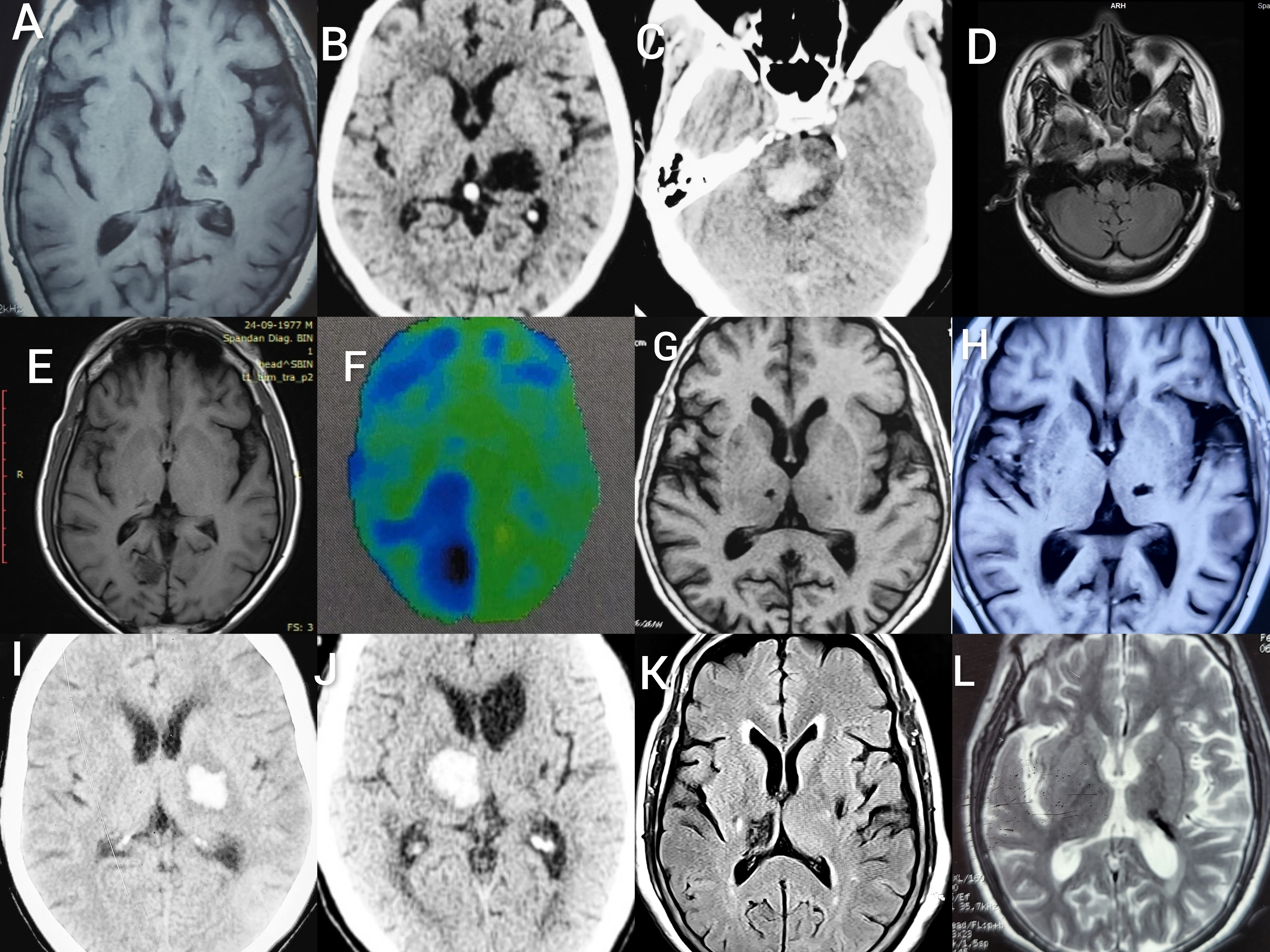Category: Tremor
Objective: We aimed to (1) estimate incidence of HT following stroke at a tertiary care centre, (2) study and identify patterns of stroke lesions which give rise to HT, and (3) titrate and establish therapeutic threshold dosage for levodopa in treatment of HT.
Background: Holmes tremor (HT) comprises rest, postural and intention tremor subtypes, usually involving both proximal and distal musculature. Perturbations of nigrostriatal pathways might be fundamental in the pathogenesis of HT along with the cerebello-thalamic connections.
Method: Ten consecutive patients with HT secondary to stroke were included. Epidemiological, and clinical records were obtained. Structural and functional brain imaging were done with magnetic resonance imaging (MRI) or computed tomography (CT) and positron emission tomography (PET) respectively. Levodopa was administered in sequentially increasing dosage, with various other drugs in case of inadequate response. Longitudinal follow-up was done for at least three months. The essential tremor rating assessment (TETRAS) scale was used for assessment.
Results: The mean latency from stroke to tremor onset was 51.4 days (range 28-90 days). In 90% patients the lesion was in the thalamus. Dystonia was the most frequently associated hyperkinetic movement (90%). Tremor was bilateral in 20% of participants. Lesions of lateral thalamus were associated with more severe tremor type. Clinical response was judged based on reduction of TETRAS score by a prefixed value, based on which 60% (n=6) subjects were classified as responders and rest as non-responders. The responders showed improvement with significantly lower doses of levodopa than remaining (250 ± 54.8 mg vs 400 ± 40.8 mg; p=0.009).
Conclusion: Although levodopa is useful in HT, augmenting the dosage of levodopa beyond a certain point might not add to appreciable clinical benefit. Topography of vascular lesions within the thalamus might additionally influence severity and prognosis of HT.
Summary of neuroimaging of patients in the series
To cite this abstract in AMA style:
A. Datta, A. Mukherjee, A. Biswas. A prospective study on post-stroke Holmes tremor with analysis of semiology, lesion topography and treatment outcomes [abstract]. Mov Disord. 2024; 39 (suppl 1). https://www.mdsabstracts.org/abstract/a-prospective-study-on-post-stroke-holmes-tremor-with-analysis-of-semiology-lesion-topography-and-treatment-outcomes/. Accessed December 15, 2025.« Back to 2024 International Congress
MDS Abstracts - https://www.mdsabstracts.org/abstract/a-prospective-study-on-post-stroke-holmes-tremor-with-analysis-of-semiology-lesion-topography-and-treatment-outcomes/

